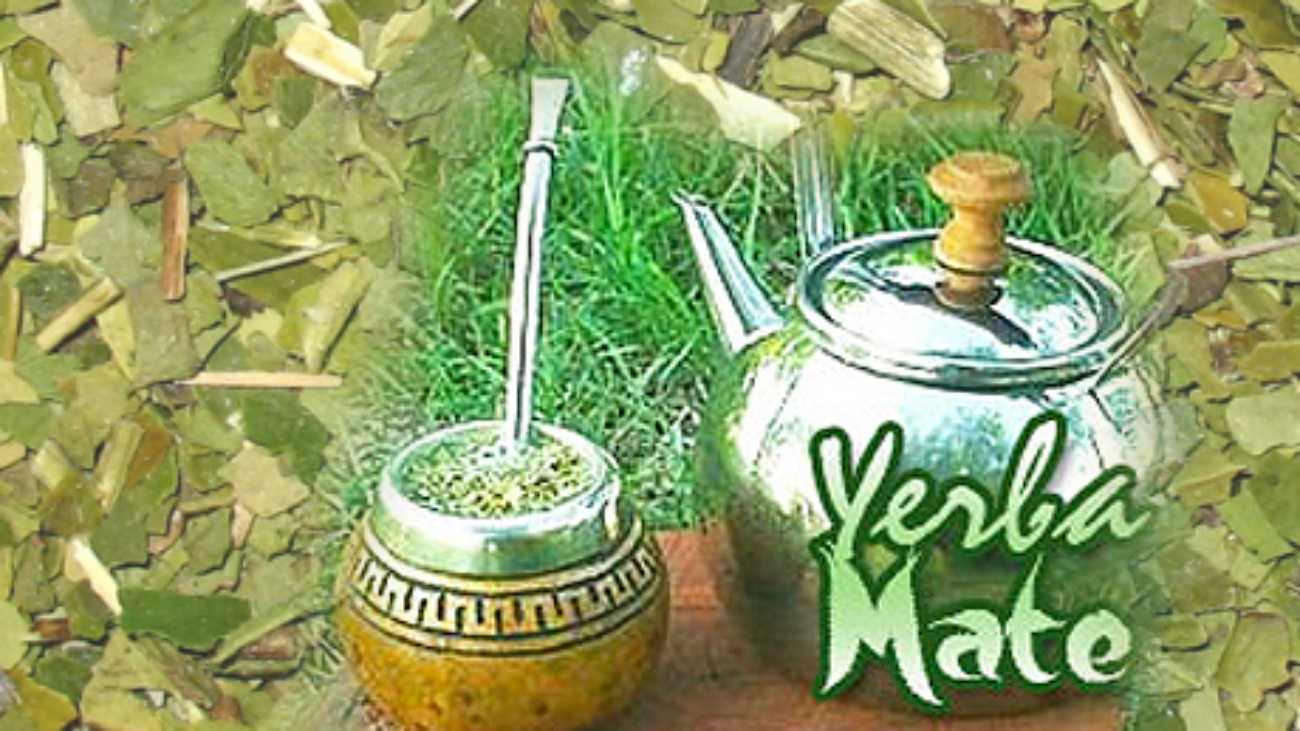
It grows in South America and is made from a species of the holly plant. For centuries, a group of indigenous tribes partaked in this amazing beverage. These days, it’s the drink of choice for many South Americans and has been migrating to other parts of the world as well, like America!
In many different studies over the years, it’s been determined that Yerba Mate is comprised of over a 100 different compounds that make it the healthy drink that it is. Plus, it has an array of amazing qualities that can help us through the many ups and downs of life.
Believe it or not, here are some of the benefits: enhances intellectual work by stimulating mental energy (but without the jolt or jitteriness of coffee), lessens fatigue, provides clarity and alertness, increases concentration, has a calming effect (seems like a paradox but it’s true!), increases metabolism if you’re interested in losing weight, lessens digestive acidity because of its alkaline-nature, helps with feelings of depression, and reduces stress.
Yerba Mate does contain caffeine but only about a third of what coffee has and less than green tea. But what’s interesting about the fact that it does contain caffeine is that many people find that they have no problem going to sleep after drinking it and will often have a cup before bed! It has something to do with how all the compounds work together.
Numerous studies over the years and specifically a 1964 study of the leaves by the “Pasteur Institute and the Paris Scientific Society” found that this herb contains a tremendous amount of vitamins, antioxidants, minerals and 15 amino acids (the building blocks of protein). And since the nutrients are in liquid form they are more easily absorbed by the body. Another study by researchers at the University of Illinois in 2005 found that the herb inhibits cancer-cell proliferation, pretty amazing!
The reason researchers believe that it helps with feelings of depression is that it contains naturally-occurring monoamine oxidase inhibitors (MAOI’s) which, in the synthetic version, are the primary chemicals used in anti-depressants and are also sometimes prescribed to help people quit smoking. Another compound in Yerba Mate is theobromine, which is the “bliss” chemical found in chocolate.
It’s usually sold in tea bags or in loose form and is prepared like regular tea. To give it a richer flavor than just making it with water, it can also be made with soy milk, almond milk, hemp milk or cow’s milk. However, if you would like the healthiest drink possible for yourself, it’s best to make it with either almond or hemp milk. Soy milk is slightly acidic, genetically modified and dairy milk is so unbelievably acidic along with a variety of other reasons to not drink it, too many to go into now. Between the two, though, soy is definitely the better choice, AND if you’re still not there yet in not drinking dairy, that’s perfectly fine, at least you’re off-setting it with Yerba Mate!
If you really get into it and want to drink it the traditional way as many South Americans do, you may want to purchase a gourd (a hollowed-out seed from a fruit that is about the same size, if not a little larger, as a cup) and sip from it with a bombilla, which is a metal straw.
Well, enjoy, enjoy, enjoy and may you be healthier and happier from it!
Here are some good companies who sell it either by mail order or health food stores. PLEASE NOTE: Neither zLighthouse or LoveDriven, get absolutely no “kick-backs” from mentioning any companies on this site.
Source: (Written by zLighthouse on 9/24/07)
Some Guaraní words related to mate:
* Barbacuá: from mbarambacuá = ma (pile) + ra (euphonic) + mbacuá (toasted or roasted thing)
* Caä: yerba mate ; Caá-guará: mate drinker ; Caá-i-guá: mate gourd (literally: container of the water of yerba mate) ; Caá-u-ei: thirst of mate
* Mboroviré: yerba mate slightly “canchada” (dessicated and broken)
* Sapeca, sambeca or sapeá: pocá, peá or mbecá (to open) + za or sá (eye) = to open the globules or vesicles of the yerba mate by the heating process
* Ticuá cá ay: “cebar el mate” (literally: to throw water in the hole)
* This article was originally published on Oct. 11, 2007

